The very first plane that got me interesting in collecting and/or building planes was a 1/72 diecast model of the Westland Lysander, that great STOL plane of WWII. I built a Fiessler Storch fairly recently, and so I’m expanding my STOL collection now with a 1/144 kit of the De Havilland DHC-4A Caribou, which served Australia’s RAAF superbly for 45 years, from 1964-2009.

The kit is by a Polish company, Amodel. I have built their kits before and they're OK (the fuselages pair up pretty well) but not great (all the little bits don’t fit so well). That doesn't bother me, as 1/144 scale Caribou kits are hard to find, anyway. There is an Australian-made resin kit in that scale, but I’m not keen on resin.

Here's what you get with the Amodel kit. Several sprues, the usual windows, plus one little sheet of PE. The good news is that there are Royal Australian Air Force decals (as well as United Nations) so I'll be building the Aussie plane in the Australian colours. There's lots of instructions. 6 pages in all, something which is still important to me, as a relative newbie.
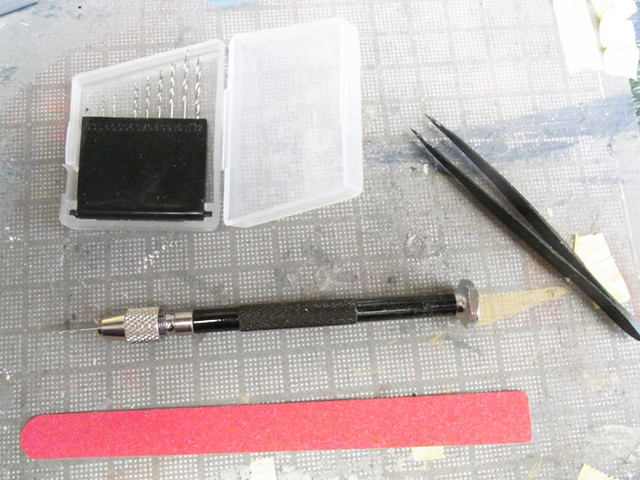
Some progress to report on the Caribou build. As the kit is by Amodel, I knew what to expect, and that's a kit which will eventually go together and look OK, but quite a bit of sanding, drilling and shaping will be needed to get everything fitting nicely. I guess that means you get increased job satisfaction with their kits, sort-of. These are the tools which I am using the most so far (the glueing gear is just starting to be used). That pin vice with the selection of fine drill bits is getting a workout this time.
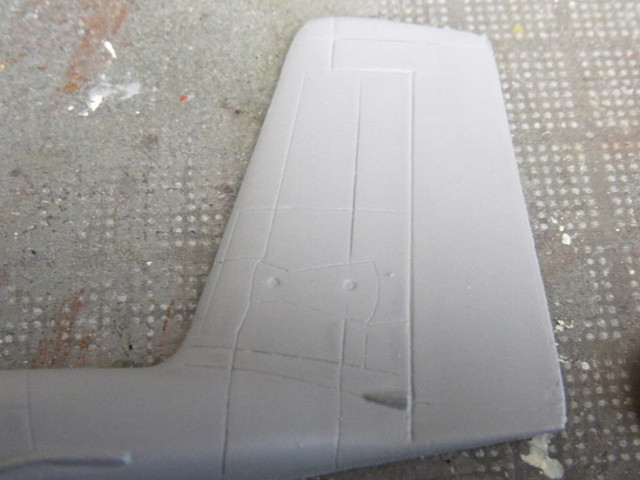
Often the instructions feature nice little holes here and there to stick things into, but the moulded plastic bits on the sprues ain't got no holes. Sometimes, rather than having nice holes already formed, sections have little dents here and there, so you know where to drill.

And sometimes they expect you to scratch-build stuff, such as the 34 little pegs which support the bench seats inside the plane. I'm not a fan of building interior items on planes which no one is ever going to see, so I skipped that step altogether on the "life is too short" principle.
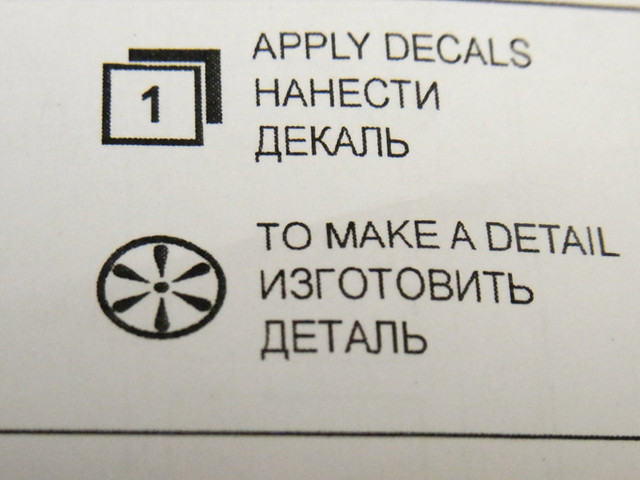
At first when I saw "34" of the pegs I went looking on the sprues to see if I had gone blind and missed them, but then I checked this little symbol (below) on the instructions... …"to make a detail" must translate from the Polish that way. It means "scratch build these, buddy – and good luck."
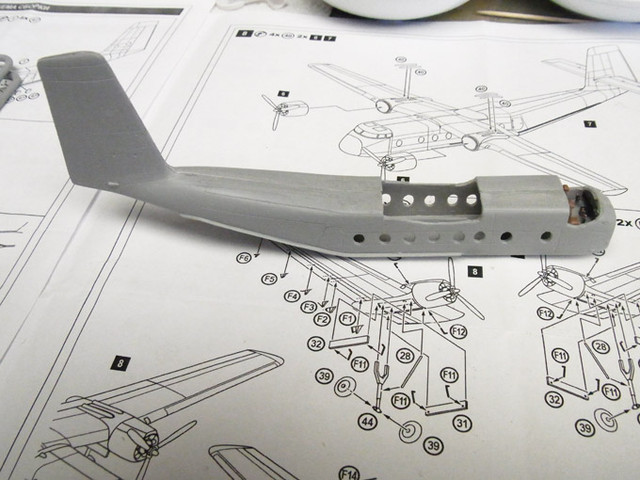
Typical of other Amodel kits I have worked on, the fuselage halves basically match up.

I didn't say they match up perfectly, though. Some filling and sanding needed.
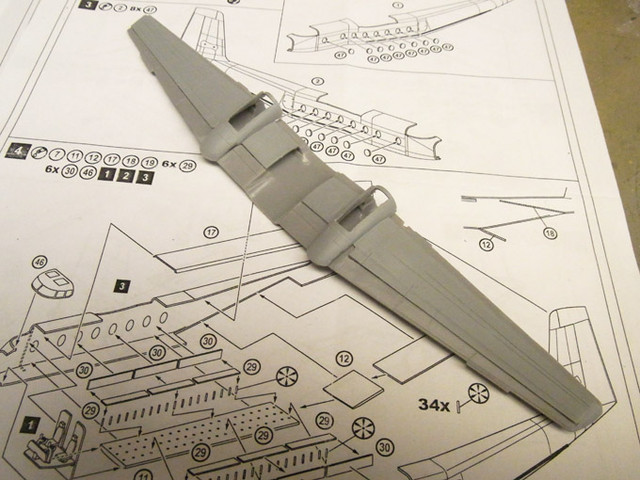
The wings consist of one full-width piece and left- and right-side inserts. These needed sanding and fiddling to get right. Another bonus point on the job satisfaction meter. They haven't been glued together yet, though.
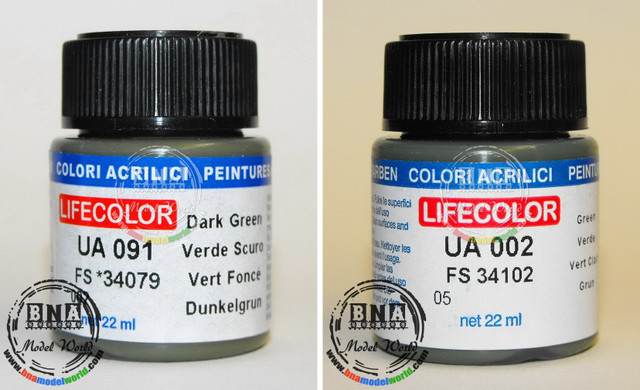
My big problem with this build is that I really do want it to look right, as far as colours go. I like the look of Australian Caribous in the two tones of dull green with the black camouflage patterns, but of course those colours aren't available in rattle cans, such as the Tamiyas which I use so often. So, the best I can do is to get the correct FS colours (FS34079 and FS34102) and hand-paint the model. Being much more unemployed than I'd like to be, I can't afford to buy a proper air gun set up, so at $3.50 for a 22ml jar, these Lifecolor paints suit my limited budget a whole lot better. I'm hoping the matt finish will help to conceal any of the worst of my hand-painting errors. Besides, I can feel a bit more job satisfaction coming on if it all works out OK!

I spent a fair bit of time trying to create a mask for the canopy, so I can paint on the ribs. It's amazing how your eye, when you check it out in the shed, says "looks OK to me" and then your camera, once you take a shot of it, says "back to the drawing board in a few places, mate."
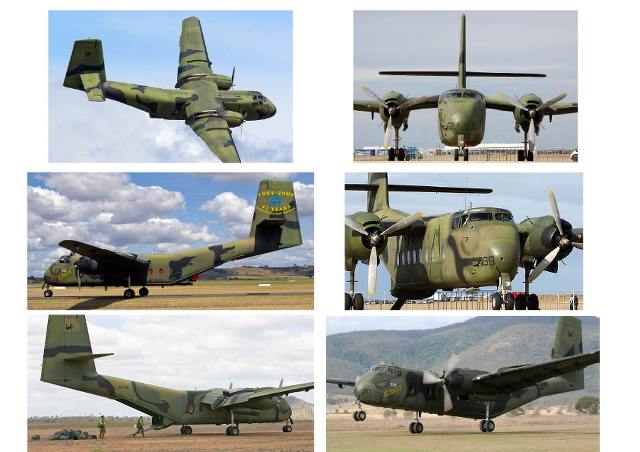
Finally, when I start building a model I do a Google Images search to find some pix I like for reference, taken from various angles, and then I put them together on a page, print it out in colour. For every model I have built it's a handy guide which I refer to often, but it's always just a cool thing to look at from time to time. Here's my Caribou page.
Anyway, this is turning out to be a fun thing to build, with several enjoyable minor problems to solve, but nothing too disastrous rearing its head yet.